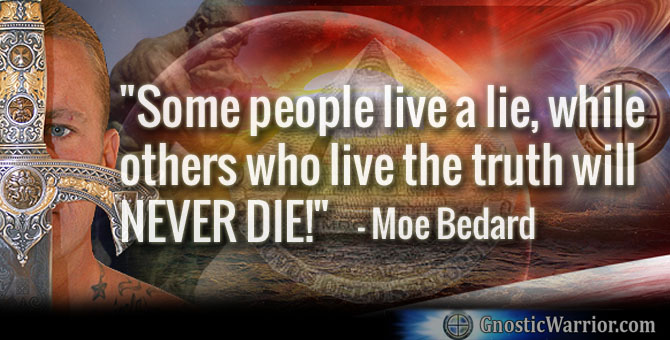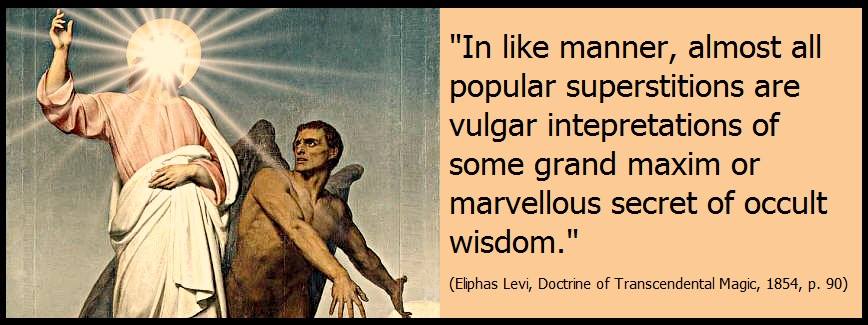In explaining away the heterodox facts which he appears to have encountered in his pursuit of knowledge, Mr. Proctor is obliged more than once in his work, to fall back upon these “curious coincidences.” One of the most curious of these is stated by him in a foot-note (page 301) as follows: “I do not here dwell on the curious coincidence — if, indeed, Chaldean astrologers had not discovered the ring of Saturn — that they showed the god corresponding within a ring and triple. . . . Very moderate optical knowledge — such, indeed, as we may fairly infer from the
Page 261
presence of optical instruments among Assyrian remains — might have led to the discovery of Saturnal rings and Jupiter’s moons. . . . Bel, the Assyrian Jupiter,” he adds, “was represented sometimes with four star-tipped wings. But it is possible that these are mere coincidences.”
In short, Mr. Proctor’s theory of coincidence becomes finally more suggestive of miracle than the facts themselves. For coincidences our friends the skeptics appear to have an unappeasable appetite. We have brought sufficient testimony in the preceding chapter to show that the ancients must have used as good optical instruments as we have now. Were the instruments in possession of Nebuchadnezzar of such moderate power, and the knowledge of his astronomers so very contemptible, when, according to Rawlinson’s reading of the tiles, the Birs-Nimrud, or temple of Borsippa, had seven stages, symbolical of the concentric circles of the seven spheres, each built of tiles and metals to correspond with the color of the ruling planet of the sphere typified? Is it a coincidence again, that they should have appropriated to each planet the color which our latest telescopic discoveries show to be the real one? Or is it again a coincidence, that Plato should have indicated in the Timaeus his knowledge of the indestructibility of matter, of conservation of energy, and correlation of forces? “The latest word of modern philosophy,” says Jowett, “is continuity and development, but to Plato this is the beginning and foundation of science.“
The radical element of the oldest religions was essentially sabaistic; and we maintain that their myths and allegories — if once correctly and thoroughly interpreted, will dovetail with the most exact astronomical notions of our day. We will say more; there is hardly a scientific law — whether pertaining to physical astronomy or physical geography — that could not be easily pointed out in the ingenious combinations of their fables. They allegorized the most important as well as the most trifling causes of the celestial motions; the nature of every phenomenon was personified; and in the mythical biographies of the Olympic gods and goddesses, one well acquainted with the latest principles of physics and chemistry can find their causes, inter-agencies, and mutual relations embodied in the deportment and course of action of the fickle deities. The atmospheric electricity in its neutral and latent states is embodied usually in demi-gods and goddesses, whose scene of action is more limited to earth and who, in their occasional flights to the higher deific regions, display their electric tempers always in strict proportion with the increase of distance from the earth’s surface: the weapons of Hercules and Thor were
Page 262
never more mortal than when the gods soared into the clouds. We must bear in mind that before the time when the Olympian Jupiter was anthropomorphized by the genius of Pheidias into the Omnipotent God, the Maximus, the God of gods, and thus abandoned to the adoration of the multitudes, in the earliest and abstruse science of symbology he embodied in his person and attributes the whole of the cosmic forces. The Myth was less metaphysical and complicated, but more truly eloquent as an expression of natural philosophy. Zeus, the male element of the creation with Chthonia — Vesta (the earth), and Metis (the water) the first of the Oceanides (the feminine principles) — was viewed according to Porphyry and Proclus as the zoon-ek-zoon, the chief of living beings. In the Orphic theology, the oldest of all, metaphysically speaking, he represented both the potentia and actus, the unrevealed cause and the Demiurge, or the active creator as an emanation from the invisible potency. In the latter demiurgic capacity, in conjunction with his consorts, we find in him all the mightiest agents of cosmic evolution — chemical affinity, atmospheric electricity, attraction, and repulsion.

Moe is the founder of GnosticWarrior.com. He is a father, husband, author, martial arts black belt, and an expert in Gnosticism, the occult, and esotericism.

![How one in the province of the Northumbrians, rose from the dead, and related many things which he had seen, some to be greatly dreaded and some to be desired [Circ. 696 A.D.] | Book 5 | Chapter 11 How one in the province of the Northumbrians, rose from the dead, and related many things which he had seen, some to be greatly dreaded and some to be desired [Circ. 696 A.D.] | Book 5 | Chapter 11](https://www.gnosticwarrior.com/wp-content/plugins/contextual-related-posts/default.png)




